Philips Dynalite Launches Revolution Display, the Next-Generation Interface for Smart Buildings
Published
9 April 2025
Leader in lighting control, Philips Dynalite, is excited to announce the launch of its latest user interface, Revolution Display EU. With a sleek exterior and powerful built-in capabilities, this full-colour touchscreen gives the end-user unprecedented control over their environment.
Versatile and powerful
Revolution Display is a significant step forward in user interface technology. At just 10 millimetres thick, it can store 16 pages of customisable building controls.
Beneath its minimalist exterior it houses sensors that detect user proximity, light level, temperature, and humidity, providing the Dynalite system and the end user with valuable real-time data about the built environment.
Hardware Product Manager, Daniel Walker, shares the importance of this milestone.
“Revolution Display has unprecedented power and device memory, contained within a remarkably small footprint,” he said.
“A far cry from a traditional light switch, Revolution is as a smart-home hub providing users with a single interface to control their lighting, climate control, and other home automation systems.”
Revolution Display is suitable for a wide range of commercial applications, including hospitality, retail, and office spaces, as well as high-end residences. Its multiple language and icon labelling options transcend language barriers, making it particularly useful for international projects.
“Revolution Display is a natural extension of the Dynalite product portfolio, reusing the same communication module that is used with all other Dynalite User Interfaces,” Daniel explained.
With standard EU wall box mounting, the Revolution Euro range is suitable for but not limited to European, Middle Eastern, African and Asian markets.
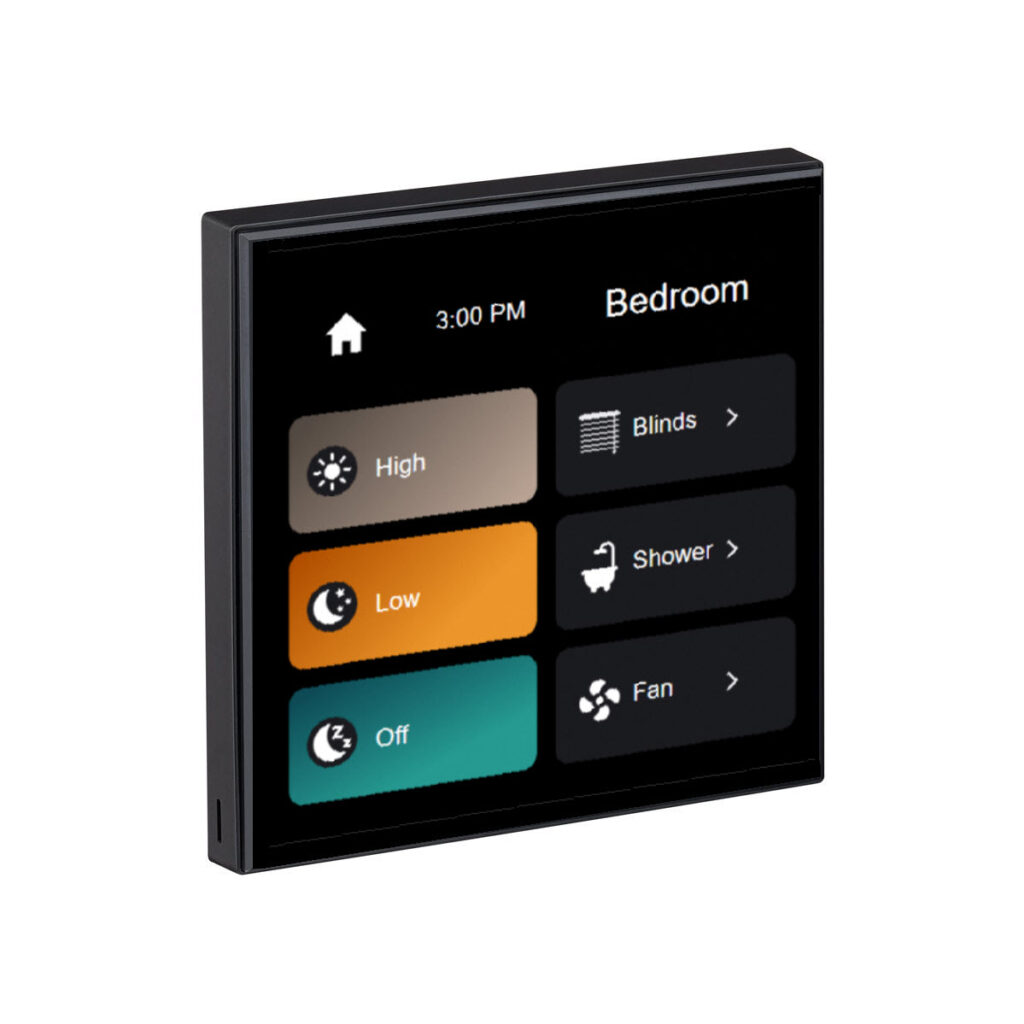
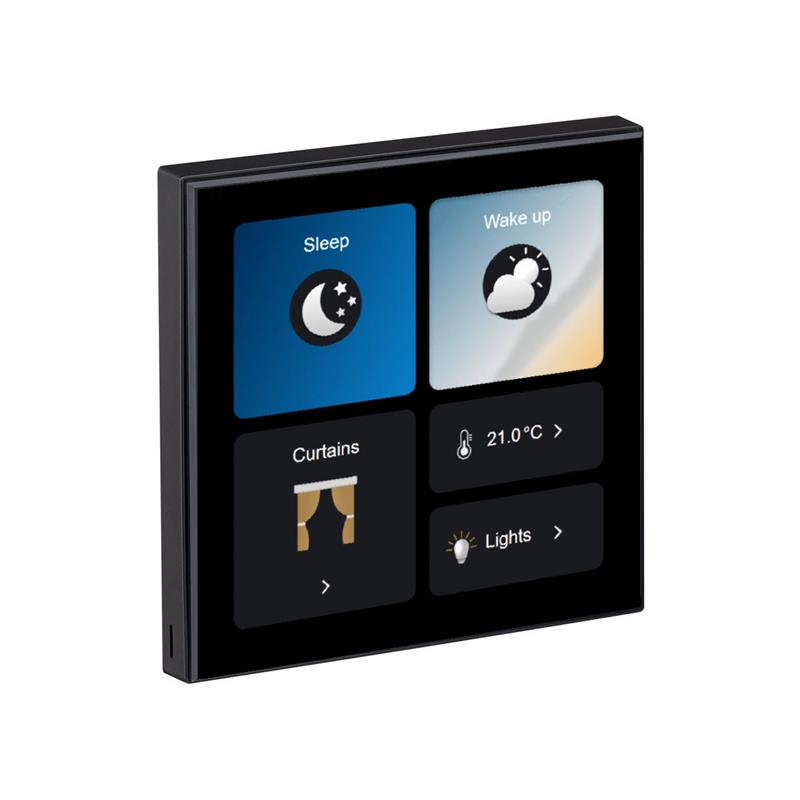
Introducing Array, a modular interface for customised controls
Beyond hardware, Revolution Display marks the launch of our new Array design language. Consisting of a 4×4 grid, technicians can customise their user interfaces from a library of drag and drop widgets in System Builder.
Each widget comes in a variety of sizes, from small 1×1 unit tiles to large 3×4 unit tiles, allowing space for headings, time, temperature, and navigation buttons along the top. Within each widget, icons and labelling may be customised to suit project requirements.
Software Product Manager, Phil Main, explains how Array supports the existing Dynalite range.
“Modularity has been a hallmark feature of Dynalite hardware. Now we are extending this to our software, creating beautiful consistency between the Revolution Button and Display interfaces,” he said.
“We will continue to expand the capabilities of Array through future software and firmware releases, with exciting new features such as pin codes due to arrive before the end of year.”
The future of lighting control
Revolution Display joins Revolution Button, building out the family of sleek square interfaces that Dynalite offers. Later this year, Dynalite intends to expand the range with the release of new metalized finishes, giving architects and interior designers more options when matching lighting control fixtures to décor.
“The Revolution family is growing rapidly to accommodate a wide variety of use cases,” said Daniel Walker. “Together, this product family will offer similar uniformity to the Antumbra range, offering customers more options to tailor their lighting controls to their needs in a way that is fun, innovative, and intuitive.”
For more information about Revolution Display Euro, visit our website.
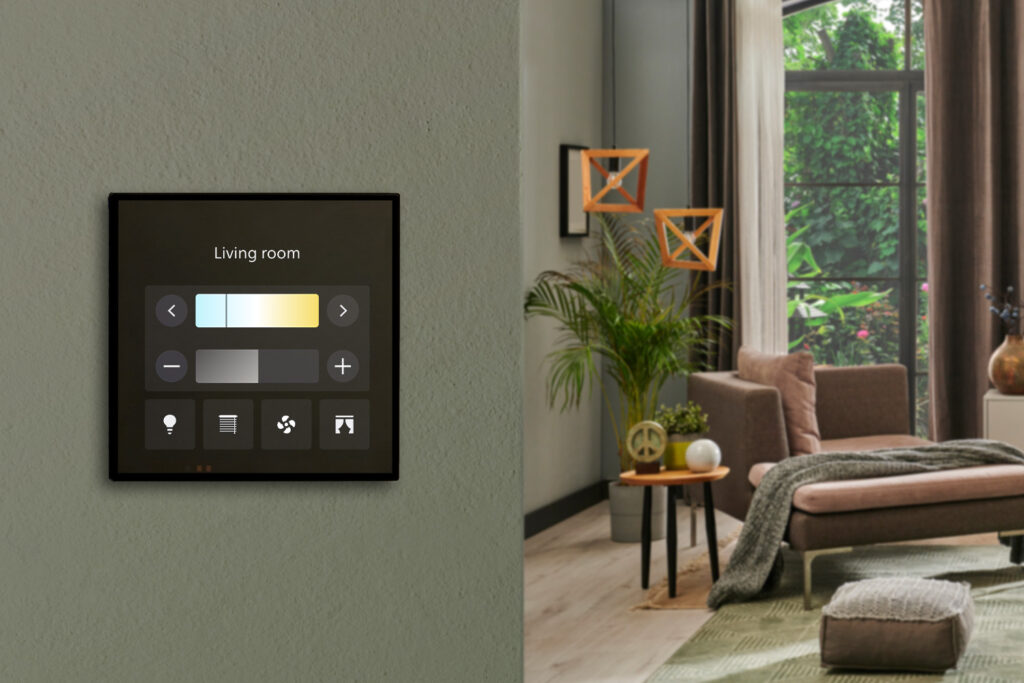

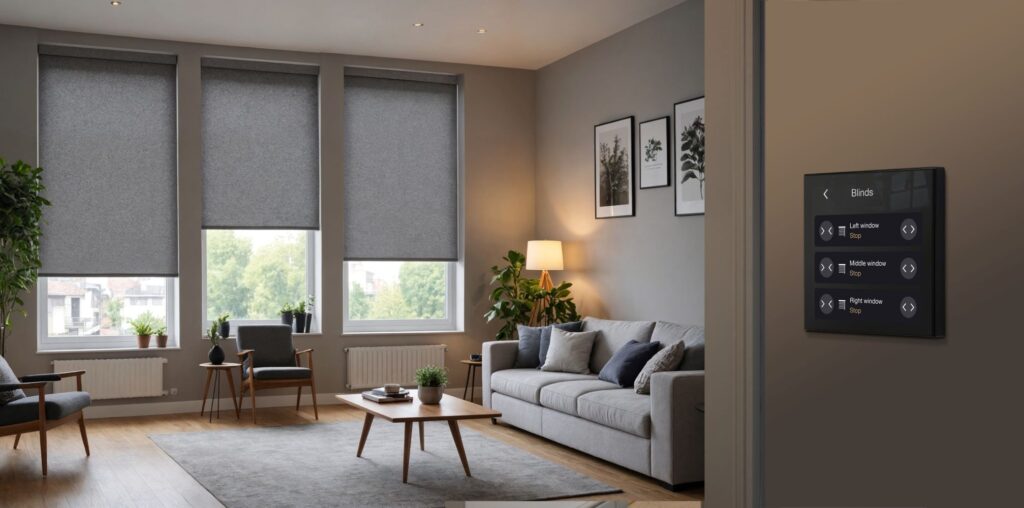
 Events
Events User Interfaces
User Interfaces Sensors
Sensors System Kits
System Kits Relay Controllers
Relay Controllers Network Devices
Network Devices Load Controllers
Load Controllers Accessories
Accessories Software & Apps
Software & Apps Integrations
Integrations Dynalite Cloud
Dynalite Cloud
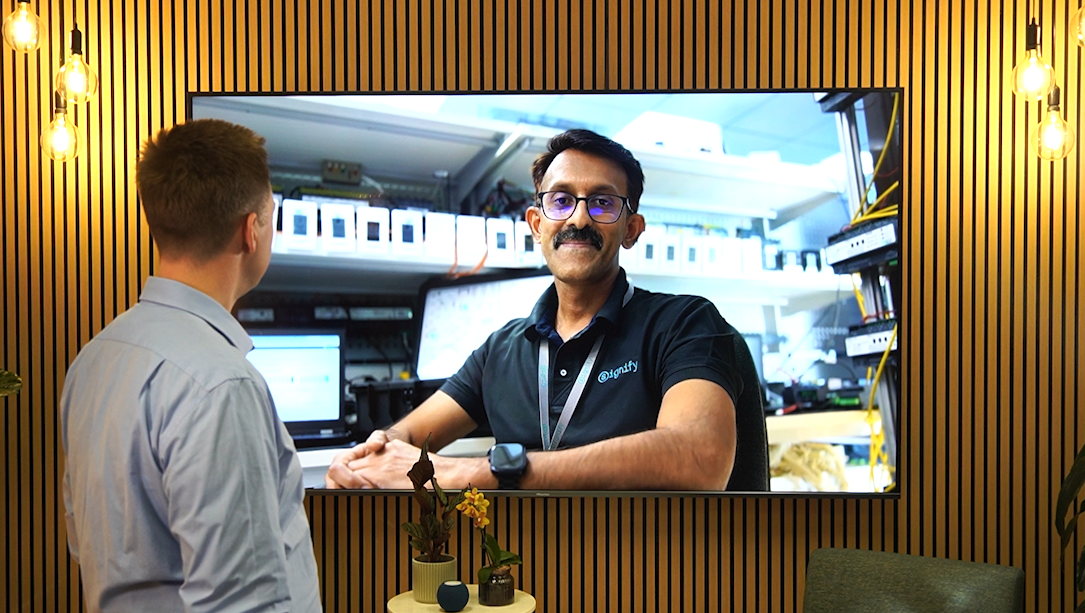 Dynalite launches new program, “Works with Dynalite” to support quality integration to third-party building systems
Dynalite launches new program, “Works with Dynalite” to support quality integration to third-party building systems  Dynalite Joins Smart Home Ecosystem via Matter Integration
Dynalite Joins Smart Home Ecosystem via Matter Integration 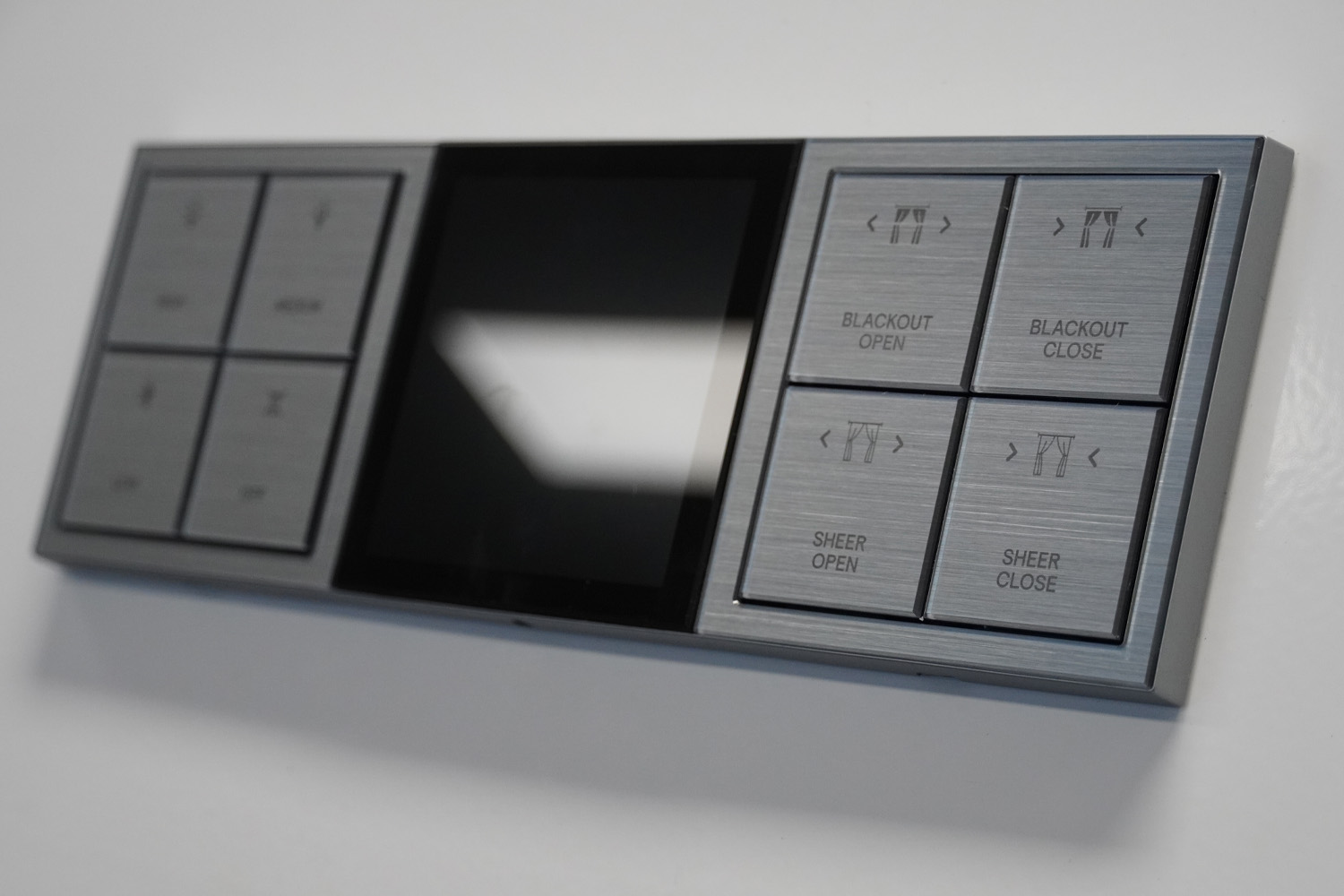 Philips Dynalite Announces an Extension to its Flagship User Interface Family, Revolution
Philips Dynalite Announces an Extension to its Flagship User Interface Family, Revolution